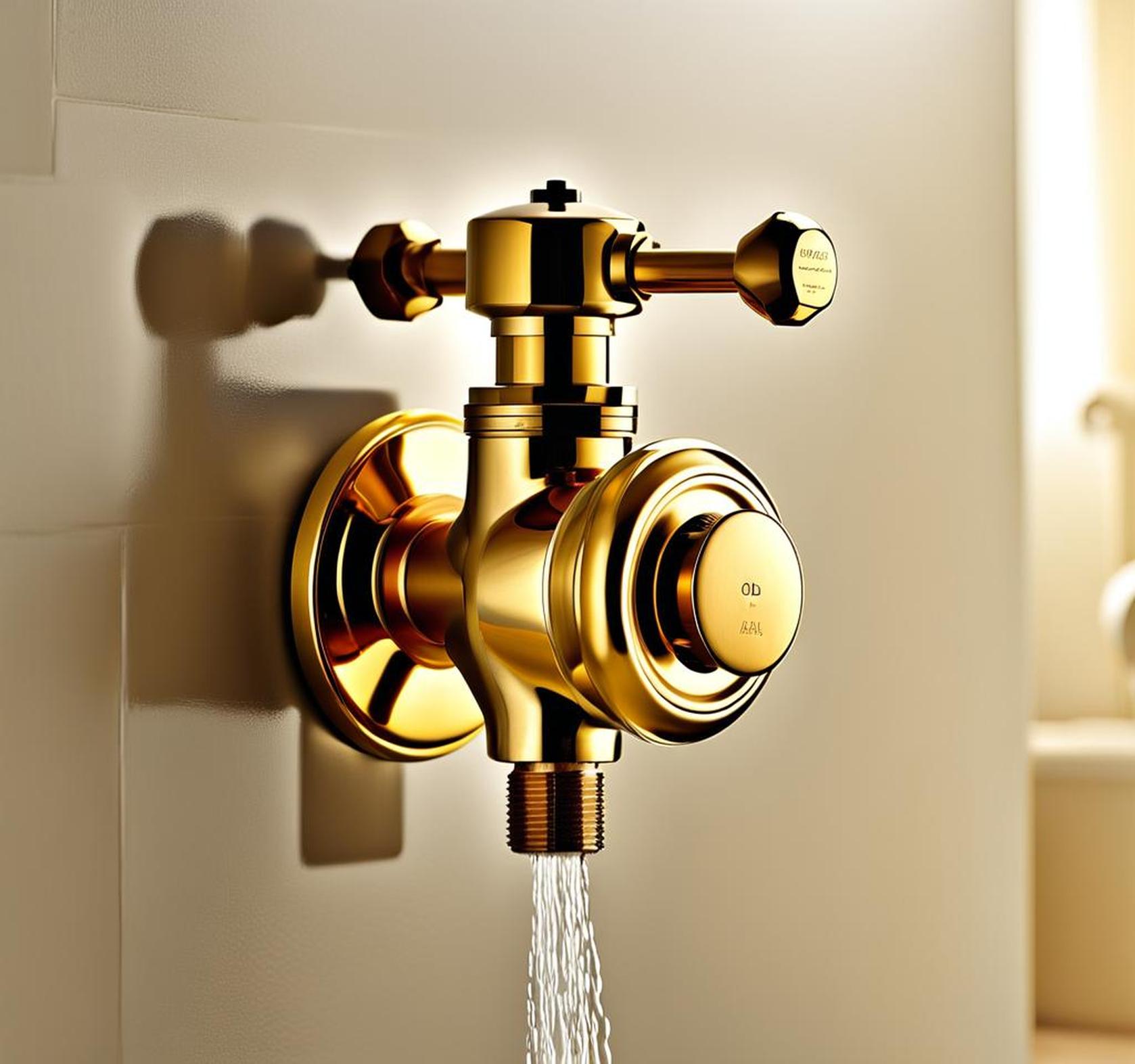If you have an older home, chances are you have an old shower valve that’s been chugging along for years. But over time, wear and tear can cause these outdated valves to leak or function poorly. Replacing them seems daunting when you don’t even know what kind of valve is hidden behind your tile and plumbing.
By learning to identify the telltale signs of different valve types, you can uncover the mysteries of your old shower hardware.
Identifying Your Old Shower Valve
Determining what kind of valve you have is the first step. Here are some tactics to covertly sleuth out your shower valve make and model:
Look for Manufacturer Brand and Model
Check behind your shower handle or trim plate to see if the valve body is imprinted with a brand name or logo. Major plumbing companies like Moen, Delta, Kohler, American Standard, and Grohe often marked their valves. Match any markings you find to valve models from that brand. If it’s a bare valve without stickers, take photos and post on DIY forums for crowdsourced identification.

Assess Cartridge Size
Carefully remove the cartridge and measure its length and diameter. Compare your dimensions to cartridge sizing charts from valve brands to narrow down possibilities. Sizing can date cylinders like a vintage artifact. Handle cartridges with care to preserve identifying details.
| Cartridge Brand | Diameter | Length |
| Moen | 1.25 inches | 3 inches |
| Delta | 1.5 inches | 3.5 inches |
Note Style of Handle and Faucet
Identify handle and faucet designs to hint at the underlying valve type. For example, a classic widespread faucet likely has old-fashioned compression or ceramic disc valves. Centerset faucets indicate cartridge valves from the 1970s-1990s. Match the look to vintage bath trends to estimate the age of your valves.
Consult Plumbing Records
Check any installation paperwork you have access to for plumbing details. Model numbers may be on your home inspection report or improvement receipts. If documents aren’t available, call previous homeowners to query them about past shower upgrades.
Common Types of Old Shower Valves
Once you’ve narrowed down the valve details, compare your clues to common valve varieties found in older homes:
Compression Valves
Compression valves are the oldest shower valve type. They use rubber washers that get compressed against seats to control water flow. While durable, washers eventually wear out and leak.
These basic valves were the norm for showers installed before 1960. Their aged washer-based technology screams vintage charm.
Ball Valves
Ball valves revolutionized shower design in the 1960s-1980s. Instead of washers, a spherical ball component with holes regulates water flow and mixing. Their single-handle operation was sleek and modern.
While ball valves last for decades, the ball and seats slowly erode leading to drips. Rubber seals can also disintegrate and cause leaks.
Cartridge Valves
The introduction of cartridge valves in the 1970s-1990s let showers achieve more accurate pressure and temperature control. These use plastic or metal cylinders containing discs, seals, and springs to manipulate the water.
Cartridges have lasting durability if sediment particles don’t obstruct their inlet screens. Scaling buildup can also restrict their precision.
Ceramic Disc Valves
For even greater longevity over rubber washers, ceramic disc valves emerged in the 1980s-1990s. As the name implies, these employ ceramic discs to stop and start water flow. Their smooth control and long life made them quite popular.
Ceramic valves withstand the test of time. But debris or calcium deposits can hinder their functionality over decades installed.
Signs Your Valve Needs Replacement
If your old valve is still functioning well, you may not need a replacement yet. But here are some red flags indicating upgrade time:
- Dripping or leaking water
- Loss of temperature/pressure control
- Rusting or corrosion on valve parts
- Cannot fully shut off water flow
Catching valve problems early keeps them from progressing into water-wasting disasters. Don’t wait until you have a full-blown shower leak emergency.
Newer Shower Valve Innovations
Once ubiquitous, the old shower valve types covered have largely been superseded by new innovations:
Thermostatic Valves
For maximum safety, thermostatic valves intelligently self-regulate temperature to prevent sudden hot or cold spikes. This protection is ideal for children and elderly users.
Diverter Valves
Diverter valves allow you to easily switch water flow between multiple outlets like shower heads, body sprays, and hand showers. Enjoy total body coverage without complex retrofits.
Digital/Electronic Valves
Cutting-edge digital shower valves feature touchscreen controls, custom presets, app integration, and voice activation. Fussy knobs are gone with this high-tech hands-free operation.
Old shower valves run the mechanical gamut from simple compression to innovative ceramic discs. By learning manufacturers and designs from past bath eras, you can identify your valve style and assess its condition. Combine forensic plumbing skills with an eye for replacement warning signs. Then you can uncover the secrets of your old shower system before problems arise.
Knowing your vintage valve lets you upgrade to today’s convenient innovations like thermostatic safety and spa-like controls. Don’t settle for the outdated and leaky performance of outdated valves. Call in the experts to sleuth out and revitalize your shower with a marvelous modern valve replacement.
